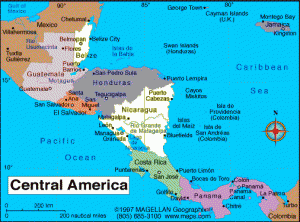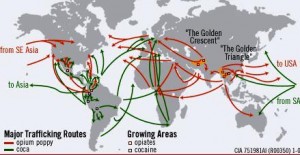Tue 13 Dec 2011
My Best Friend’s Birthday
A few days ago my best friend Karen turned 25 years old. Karen was born in a little town called Sabanagrande, which is located in the southern region of Honduras. Sabanagrande is a beautiful town with cobble stone roads and little houses, it is surrounded by mountains and everybody seems to know everybody. Although Karen lives in Honduras with her family, she decided to come to Madison to celebrate her birthday; however, she didn’t know I had my own plans for her birthday.
As soon as Karen arrived to Madison, the pachanga (party) started. We went to my house right after leaving the airport. I spent the whole day cooking traditional food from Honduras, such as baleadas, which are flour tortillas filled with fried beans, mantequilla (something like sour cream, but better) and melted cheese. I also made ceviche, which is raw shrimp ‘cooked’ in lime juice with onions, tomato, cilantro and some spices, and just in case that wasn’t enough, I made rice, tuna dip and many other things. She was happy to see many of my friends and family in my house waiting for her; she had already met many of them.
After we ate, my gift to Karen came out of my garage; five mariachis singing “Las Mañanitas,” which is a typical and very old song that people sing to other people in their birthday. Having mariachis singing for you “Las Mañanitas” is something really special in Honduras and many other Latin American countries. Karen was very happy and surprised because she thought there were no mariachis in Madison. The mariachis played a few other songs and my friends sang with them. It looked like they were having fun.
After eating, drinking and singing for a couple of hours, we all went to “The Cardinal,” which was my last surprise for Karen. The Cardinal is basically the only disco-bar in Madison where they play salsa, merengue and other Latin music. Again, Karen was surprised because she never imagined there were bars that play Latin music in Madison.
When we got to the Cardinal, there were many people dancing and there was little space to dance, the dance floor was fully occupied the whole night. Everybody was dancing and having fun. Karen told me she could tell that most people in the Cardinal haven’t danced in years, because they wouldn’t leave the dance floor.
It was a long day, but it was a pachanga day, and more especially, it was my best friend’s birthday. We all had fun celebrating Karen’s birthday.





